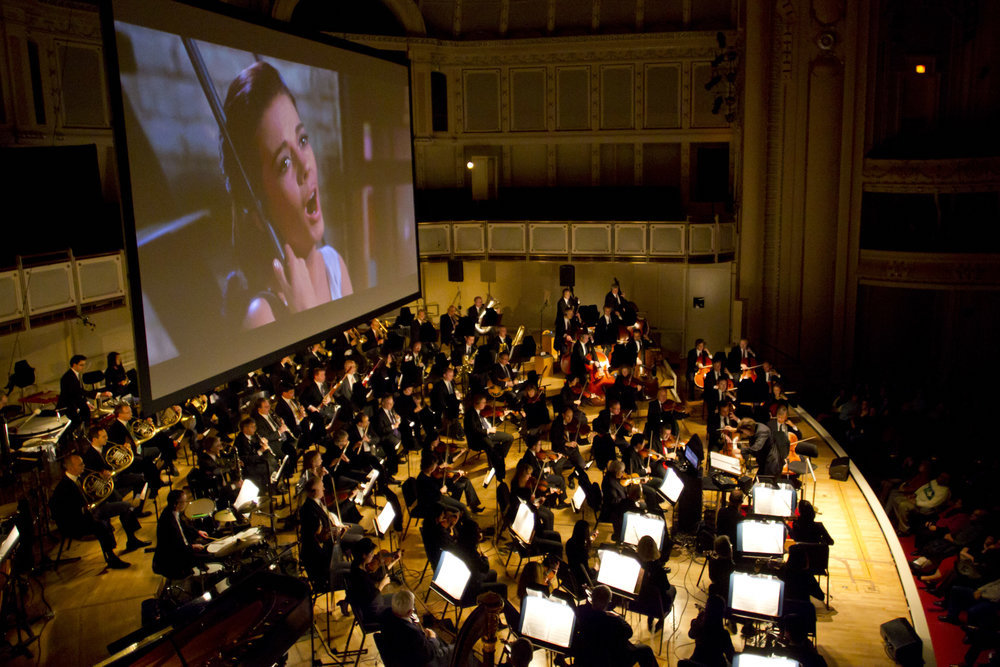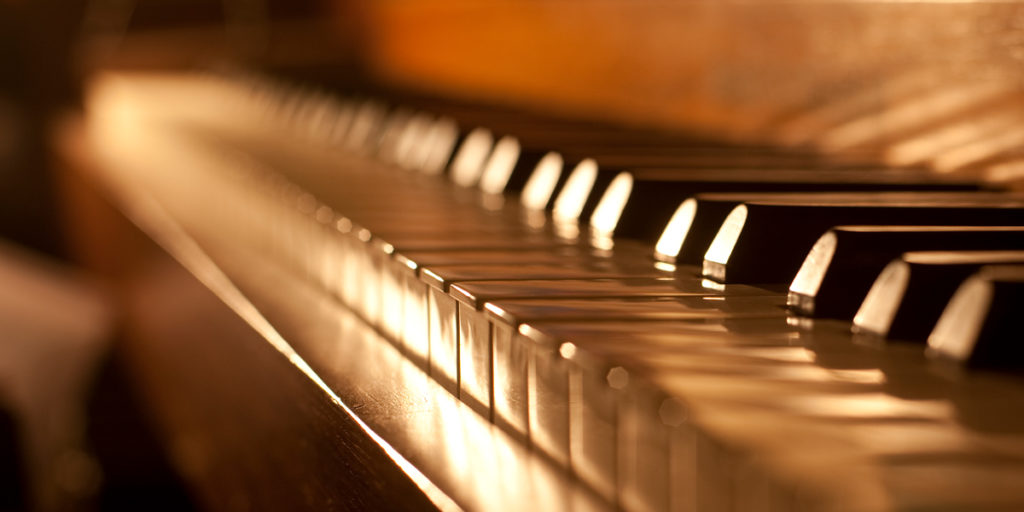It’s an oft-heard story in the classical music world: classical music is for the grey-haired, not the young. Classical music just doesn’t have the appeal for those in the Gen Z, Millennial, or Gen X generations as it does for the Boomers and the Silent Generation.
This group is being introduced to classical music in different ways than their parents or grandparents were: 48% of them discovered it by hearing their favorite pop songs played in a classical style, and 74% have heard classical music at a film screening accompanied by live orchestra, an increasingly popular programming choice for orchestras throughout the United States and Europe.
There are various reasons why young people have lost interest in classical music over the years: changing interests, the music being less relatable to a younger audience, and the view that attending a concert is a stuffy, sleep-inducing experience.
With the shuttering of smaller regional orchestras across the United States as well as shrinking budgets and support and labor disputes, access to the genre is more and more limited. As the above numbers indicate, however, orchestras and other classical performers have had to be innovative in order to bring fresh faces to their concert halls.
The key to getting people in seats is presenting engaging programming that give concertgoers more of an experience than traditional classical performances. One of the most popular of these new types of programming is film screenings, where an orchestra accompanies the film with its musical score
A quick look at the New York Philharmonic’s upcoming performances reveals a few of these types of performances: Bugs Bunny at the Symphony II (sure to be popular with the youngest of music fans), Close Encounters of the Third Kind, Psycho, and Harry Potter and the Sorcerer’s Stone (sure to be popular with Millennials who read the Harry Potter books as kids).
Also popular are two well-known films scored by the versatile composer/conductor Leonard Bernstein: West Side Story and On The Waterfront.

Besides film screenings, performers are also incorporating more “mainstream”, namely popular music, into their programming choices. This ranges from a cover of a Taylor Swift song by Brooklyn Duo to Sting performing with the Royal Philharmonic Orchestra.
Finally, orchestras and performance venues are catering to the reality of people’s more packed and varied schedules by offering performances at non-traditional times. For example, the Chamber Music Society of Lincoln Center offers repeat performances of some of its concerts at 9:00 pm, which offers “cabaret-style seating, a complimentary glass of wine, and engaging commentary.”
These are just some examples of the latest innovations and attempts to stave off the stuffy cliché in the classical music world. What they all have in common is that they attempt to relate to listeners who likely have not been steeped in the classical tradition since childhood–they make the music accessible to those outside their usual expected audience.
This is true of performing the scores of well-known, widely popular movies; equally popular pop songs and artists; and updating offerings for the constantly busy young professional. Of course, there are those purists who will lament these changes as the “dumbing down” of classical music for the masses–why isn’t classical music the same as it was in the “good old days”?
There are two reasons why this is a misguided reaction. First, classical music, like all art forms, has constantly changed over time. In the early days of opera, for example, audiences did not sit still in complete silence as they do at performances today–they roamed around the opera house, caught up with friends, and even ate and drank.
Going to the opera was a social occasion, not a funereal one. Second, though classical music certainly does have a history of being for the elite, particularly royalty, there have been many composers who intended their music to be for the masses, from Beethoven in the late 18th and early 19th centuries to Copland and Bernstein in the 20th.
So the latest developments in classical music are just part of the ongoing process of the genre reinventing itself. As Brian Reinhart states in a response to violinist Les Dreyer’s common complaint about declining audiences,“Classical music is not dead; it’s not even resting. The classical world is evolving.”
Sources:
● The Guardian, The New York Times, Chamber Society of New York
